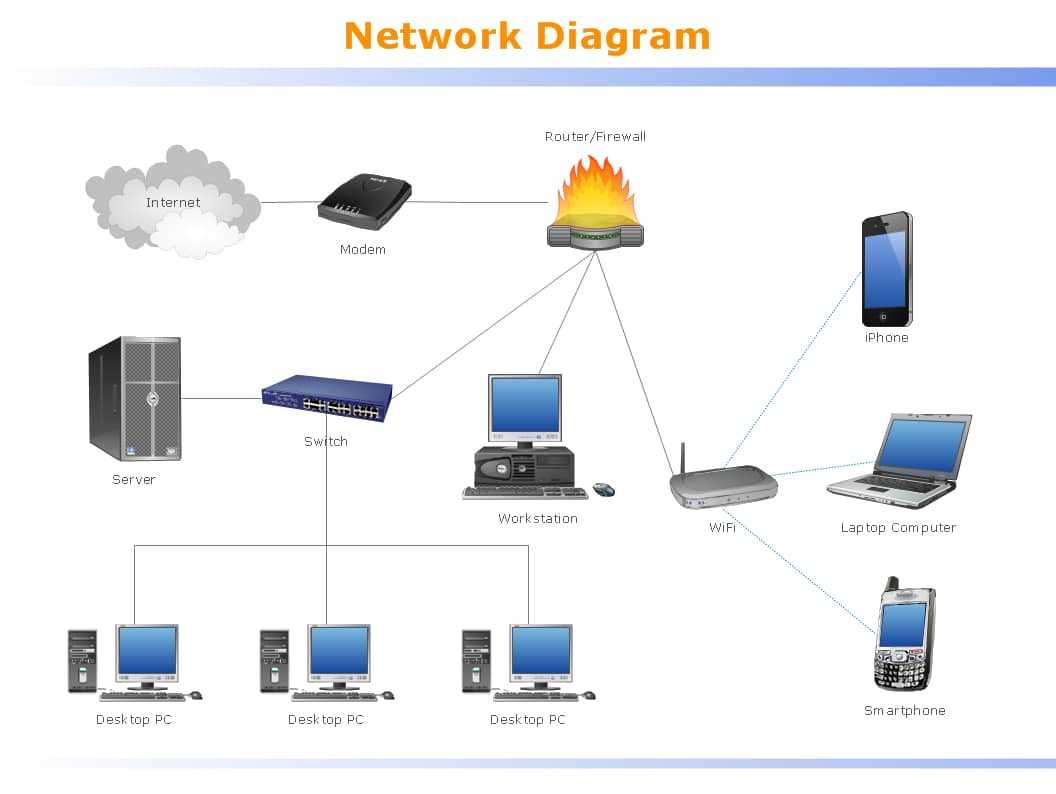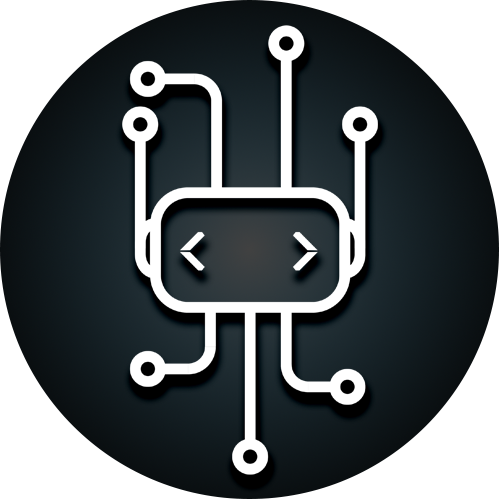
Benefits of LAN in an organization
8:51 PM, January-08-2023
A local area network (LAN) is a network of interconnected devices in an area of your home, school, lab, or office. A LAN typically includes computers and peripherals connected to a local domain server. Any network device can use shared printers or disk storage. Local area networks serve hundreds of users. A LAN typically contains many wires and cables that require a pre-designed network diagram. IT professionals use it to visually document the physical structure and layout of their LAN.
A logical network structure diagram is intended to show the logical organization of a network. It shows basic network components, network structure, and determines the interaction of all network devices. This diagram shows basic devices and zones.

With the connection of laptops or Pcs connected to other PCs or servers, LAN (local area network) is one of the networks that directly supports the daily operations of organizations (companies), schools, and so on.
Establishing a secure and reliable LAN network benefits your organization, its employees, customers and colleagues, and drives your business forward. Some of the benefits of LAN are listed below.
- Resource sharing: All resources are networked and can be shared with another computer when a computer needs them. These resources include DVD drives, printers, scanners, modems, and hardware drives. Therefore, you save money by not having to purchase separate resources for each computer.
- Relationship between client and server: All data from connected computers can be stored on the server. When each computer (client) needs specific data, the user can simply log in and access the data from the server. For example, movies and songs can be stored on a server and accessed by authorized users (the user's computer).
- Share applications and software: Applications and software can be easily shared via LAN. You can use licensed software for anyone on your network to use. Purchasing licenses per user can cost an organization a lot of money, so subscribing to software programs is easy and inexpensive.
- Data security: Data storage on our servers is very secure. If you want to change or delete data, you can easily do so on the server computer and other computers can access the updated data. On the other hand, you can allow specific users to access data on your network.
- Easy and fast communication: Computers can exchange data and messages quickly and easily in a local network. This saves time and gets things done faster. LAN allows all users to share messages and data with others on the network. Users can access the network from any computer and access data stored on the server.
- Etc.
When another customization occurs, it should be stuck on the server instead of on each workstation. Clients can effectively talk to each other and exchange information between workstations in any number of ways. Workstations are cheaper to buy than stand-alone PCs because they don't actually need their own CD-ROM drive.
No need to return to the same workstation all the time. Ongoing understanding of business execution that is useful for basic leadership.
There are several types of networks that allow efficient connectivity between devices and computers for sharing files and data or simply performing tasks. These different types of networks serve needs based on size, security, architecture, and number of devices in the network.
One of these networks is the LAN. It is one of the most popular networks and many networks are built on its foundation. This network provides users with efficient communications and Internet services. The above LAN network information will help beginners understand the basics in detail; However, in the professional world, we must keep striving for more in order to further specialize in this field.
Cisco QuickStart training courses help you learn more about networking by deepening your knowledge of how to set up, run, and manage your network. Courses contain practical and theoretical knowledge, which makes them much more useful in implementing knowledge in this profession.
A local area network (or LAN) includes computers and other devices that connect to servers in a particular location, such as an office, business environment, or home. Devices share resources using LAN connections. Typically, in a business or home environment, multiple computers can be connected to the same printer, and this is done over a LAN.
Mobile devices and computers can also be connected this way, and the LAN works for any number of users. For example, if you have an office with 100 employees, they can all share the same LAN connection.
There are many components that allow people and their devices to connect to internal servers, and these consist of switches, routers, and cables that all connect together.
LANs can transfer business data much faster than office phone lines, but they are limited in the number of computers they support and the distance data they can transfer.
LANs can also connect to other LANs through cellular, satellite, wimax, …

Thank you ✌️
